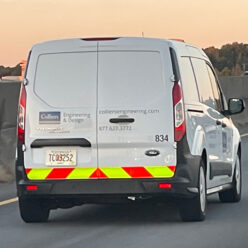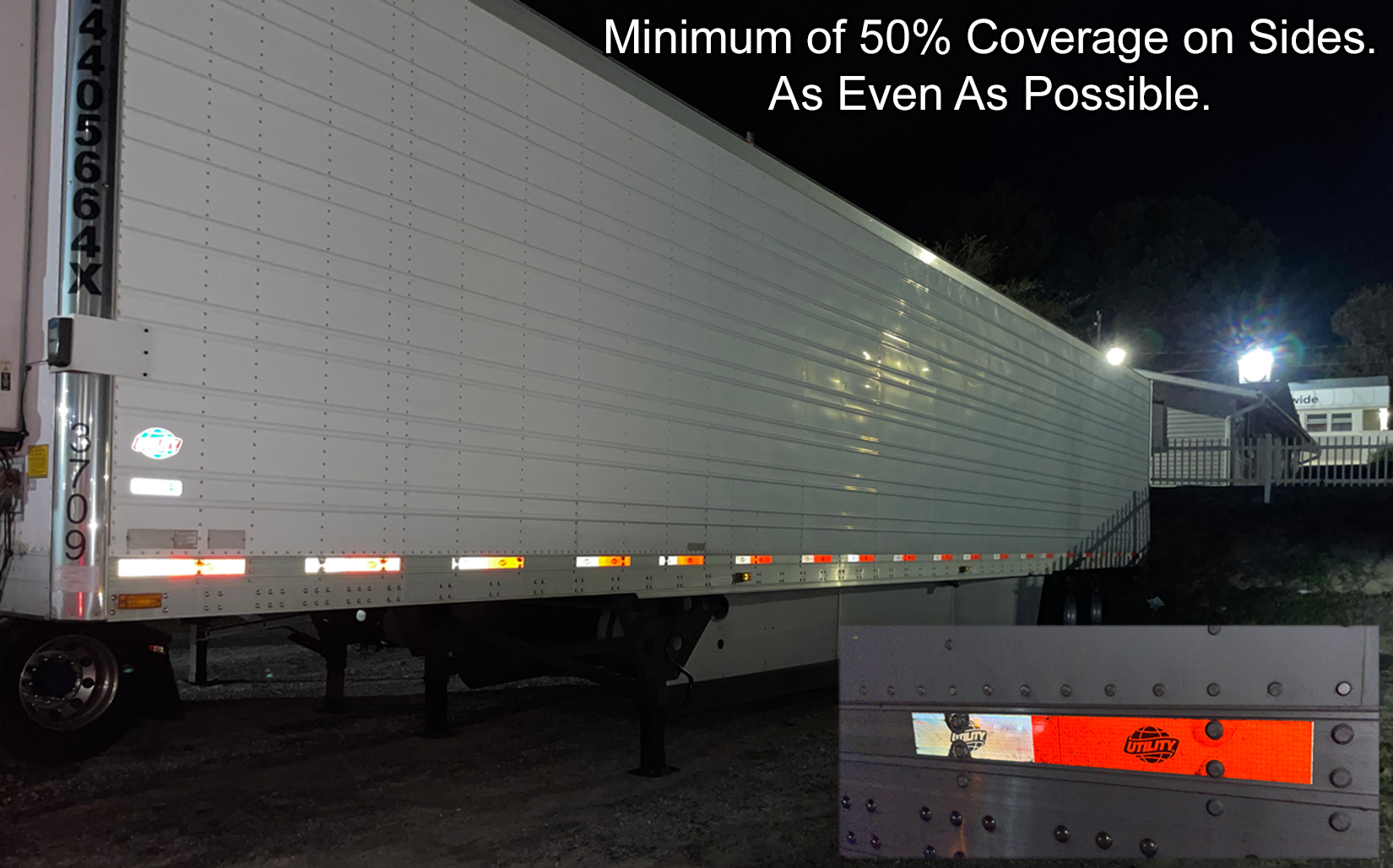Tractor-trailer rigs, among the largest vehicles on American highways, pose significant risks to smaller vehicles. Annually, collisions involving these large trucks lead to around 120,000 injuries and over 5,000 deaths in the United States. Due to their massive and solid structure, tractor-trailers are particularly unforgiving in accidents with smaller vehicles, often resulting in severe outcomes.
Contrary to what one might expect, the substantial size of these trucks doesn’t always aid in visibility. In many driving scenarios, their large trailers can blend into the surroundings, becoming virtually invisible to approaching drivers. This effect is similar to how the outer edges of an IMAX screen can vanish from a viewer’s peripheral vision. The situation is further complicated by competing lights from the truck and other vehicles, especially problematic at night when the trailer towed by a truck often remains unseen until its headlight pass by.
History of the Application of Reflective Tape to Trucks
Nighttime visibility has always been a key component in accidents involving large trucks. The core problem is that drivers often fail to notice these large trucks in time to prevent a collision, especially in low-light conditions. In modern times, the most significant visibility issues arise from the use of either insufficient or poorly maintained reflective tape on trucks.
To address this, the NHTSA implemented a regulation in December 1992, mandating the use of retroreflective tape in specific locations on DOT-regulated trucks. By June 2001, all trucks were required to have this tape, and by June 2009, uniformity in truck markings was achieved. The minimum standard is DOT C2 tape, which is 2 inches wide, but wider options like DOT C3 and C4 tapes are also permitted and offer increased visibility.
A 2001 NHTSA study confirmed the effectiveness of this regulation, finding a 44% reduction in nighttime accidents involving trucks with the required retroreflective tape. This measure is estimated to prevent up to 5,000 injuries and 350 fatalities each year, demonstrating its efficacy.
However, issues persist with trucks that either lack sufficient markings as per DOT standards or use old, UV-damaged, and weathered tape, which compromises visibility and heightens accident risks. It’s vital to maintain proper markings with fresh, certified high-quality branded tape to enhance visibility and allow other drivers adequate time to spot and avoid trucks.
Interestingly, FMCSA regulations specify that trucks can use DOT retroreflective tape ranging from 2 inches (C2) to 4 inches (C4) in width. While all three sizes are available, 4-inch tape offers double the reflectivity and visibility. Despite this, 99% of trucks on the road use the minimum C2 tape.
![]()

